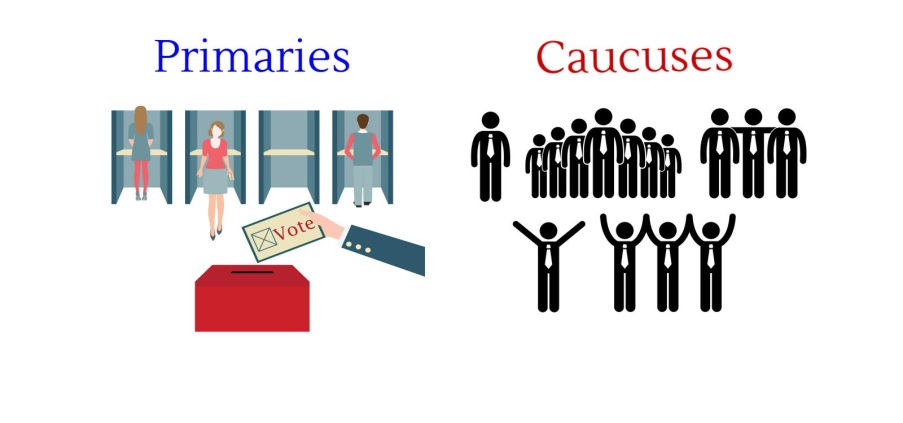Chat GPT wrote this article and was edited by Jacqueline Yap
Political primaries are the process by which voters in the United States select their party’s nominee for the general election. The two major political parties in the US, the Democrats and Republicans use the primary system to determine their candidate for the presidential election.
The primaries can be divided into two types: open and closed. In an open primary, voters can choose to participate in either party’s primary, regardless of their own political affiliation. Only registered members of a party are allowed to vote in a closed primary.
The primary season typically begins in January of the election year, with the first contests taking place in Iowa and New Hampshire. From there, the primaries continue through the spring, with the last states voting in June. During this time, voters cast their ballots in a series of state contests, and the candidate with the most delegates at the end of the primary season is typically the nominee.
The delegates are awarded based on each state’s primary or caucus results. A caucus is a meeting where voters gather to discuss and vote on their preferred candidate. The candidate who wins the majority of the vote in a state’s primary or caucus is awarded the majority of the state’s delegates.
The primary system was established to give voters a voice and allow them to choose their party’s nominee. It was also intended to prevent the party leaders from having too much control over the nomination process. However, critics argue that the primary system has become too long and expensive and that it favors well-funded candidates who can afford to run nationwide campaigns.
Despite these criticisms, the primary system remains an integral part of the political process in the United States. It gives voters the opportunity to participate in the selection of their party’s nominee, and it helps to ensure that the nominee has broad-based support from voters across the country.



























